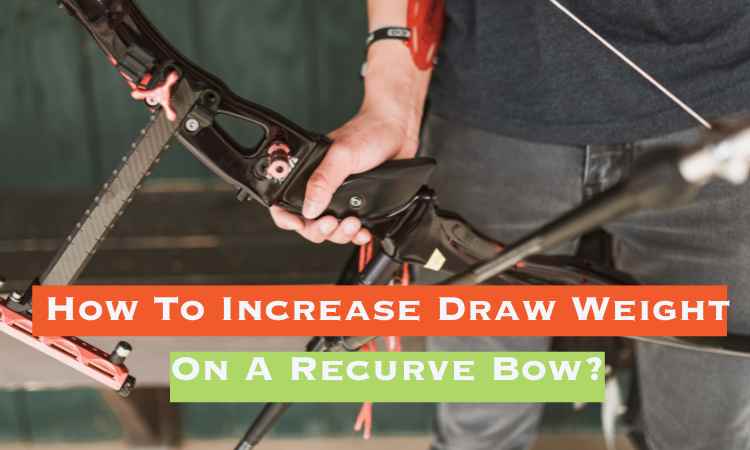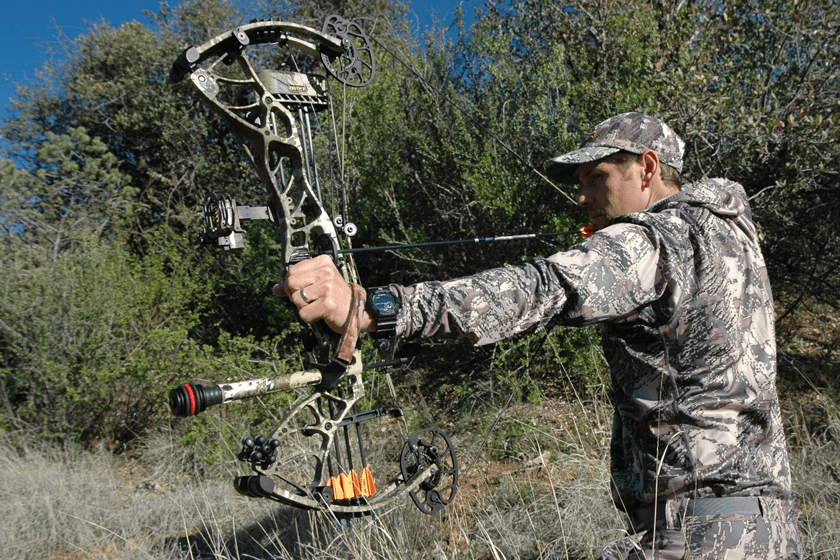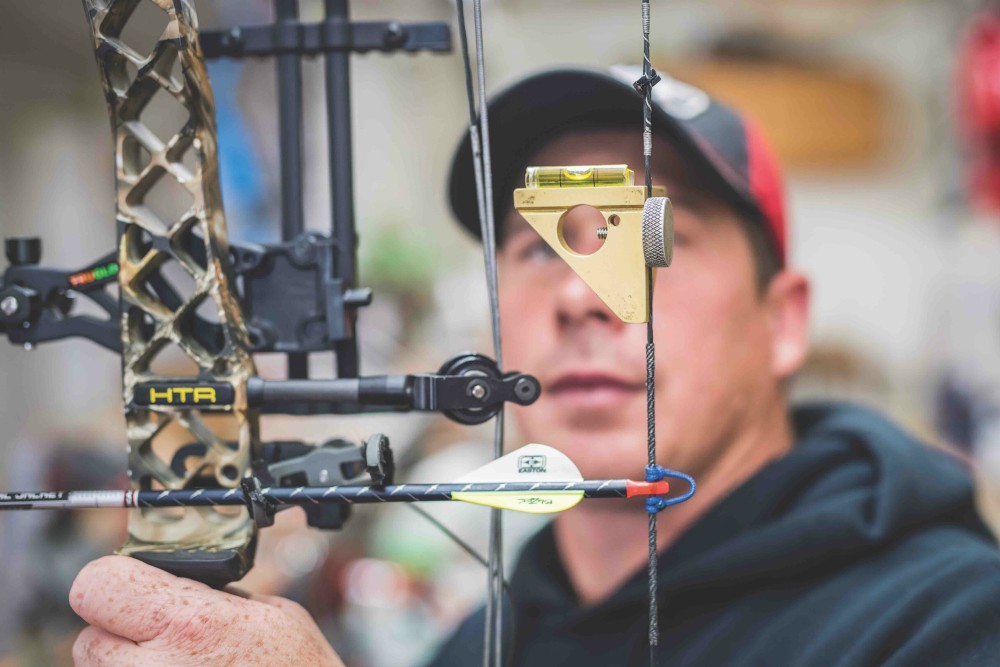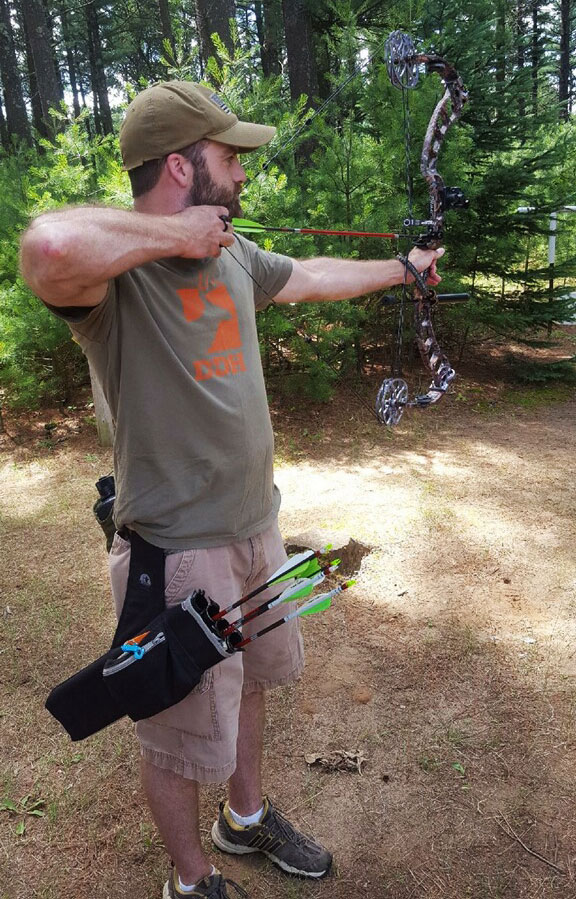As an archery enthusiast, you may find yourself wanting to increase the draw weight on your recurve bow for enhanced power and performance.
However, it’s important to approach this task with caution and understanding.
To increase the draw weight on a recurve bow, you can follow these steps:
First, use an Allen key to turn the tiller bolt clockwise, which will tighten the limbs. Next, make sure to turn the top and bottom adjustment bolts in equal amounts to maintain balance.
Adjust the limb bolts until you achieve the correct tiller for your specific shooting style and hook position.
Additionally, you can work on increasing your draw weight by engaging in specific exercises such as pull-ups, which strengthen your latissimus dorsi muscles, and weightlifting to improve the strength of your back, arms, shoulders, and core.
These exercises will help you handle higher draw weights more comfortably and effectively.
In this comprehensive guide, we will explore effective ways to increase draw weight on a recurve bow, along with the reasons, benefits, and recommendations for when to undertake this endeavor.
Whether you’re a novice or an experienced archer, this article will equip you with valuable insights to enhance your skills.

Why it is Necessary to Increase Draw Weight?
Before delving into the techniques, it’s crucial to grasp why increasing draw weight is a consideration.
Draw weight directly influences how far an arrow can be pulled, but there are essential factors to consider.
It’s important to avoid exceeding the bow’s limits, as it can lead to damage or compromised accuracy. Experimentation is key to finding the optimal draw weight that balances power and precision.
Holding the draw weight for a minimum of 30 seconds allows for a better assessment of comfort and performance.
Read: How To Choose A Recurve Bow?
Three Effective Ways to Increase Draw Weight:
Changing Limbs:
Recurve bow limbs are interchangeable, offering a convenient method for adjusting draw weight. By unscrewing the limb bolts on the riser, you can increase or decrease the draw weight.
However, it’s vital to maintain balance and avoid over-tightening or stretching the bowstring.
Understanding the mechanical advantage during the draw and lowering of the bow can aid in determining the optimal limb configuration.
Incorporating Strength Training:
Engaging in strength-building exercises like push-ups and pull-ups can significantly enhance your draw weight capacity.
Regularly performing these exercises, while gradually increasing the intensity, strengthens the upper body muscles required for archery.
By incorporating specific exercises into your weekly routine, you can steadily improve your draw weight and overall performance.
Target Shooting:
Target shooting is an effective method for increasing draw weight while refining accuracy. Steadily aim at a target and hold the draw for a minute, focusing on a straight release without straining your arm.
Consulting with a coach or experienced archer can provide valuable guidance in determining the appropriate draw weight for your skill level.
Gradually progressing with heavier draw weights during target shooting sessions will enhance your ability to maintain a stable draw.
Read: How To Increase Draw Weight On A Recurve Bow?
What Is the Importance of the Gradual Approach?
It’s essential to exercise caution when increasing draw weight on recurve bows, particularly for novice archers.
Building a solid foundation of proper form and accuracy is crucial before attempting to increase power.
Gradually increasing draw weight, such as by half-turning the tiller bolts on your bow every two weeks, allows your body to adapt and minimize strain on shoulder muscles.
Patience and incremental adjustments are key to a successful and injury-free progression.
What are the potential drawbacks of increasing draw weight on a recurve bow?
Increasing draw weight on a recurve bow can have certain drawbacks that archers should be aware of.
One primary concern is the risk of overstraining or injuring muscles and tendons, particularly if the increase in draw weight is too rapid or exceeds an individual’s physical capabilities.
This can lead to decreased shooting accuracy and form, as well as potential long-term injuries.
Another drawback is the possibility of reduced shooting enjoyment.
Higher draw weights require more physical effort to pull back the bowstring, which can lead to fatigue and a decrease in overall shooting pleasure, especially during long practice sessions.
It’s essential to find a balance that allows for a challenging draw weight while still maintaining comfort and enjoyment.
Additionally, increasing draw weight may not always result in improved accuracy.
If an archer lacks the necessary strength and technique to handle the increased weight, it can lead to inconsistent shots and decreased precision.
It’s crucial to assess one’s skill level and consider whether focusing on other aspects, such as form and practice, would be more beneficial before increasing draw weight.
Ultimately, archers should carefully evaluate their physical capabilities, shooting goals, and potential risks before deciding to increase the draw weight on their recurve bow.
Gradual progression, proper technique, and listening to one’s body are key factors to minimize drawbacks and ensure a safe and rewarding archery experience.
Can increasing draw weight on a recurve bow have adverse effects on accuracy and shooting form?
Increasing draw weight on a recurve bow can potentially have adverse effects on accuracy and shooting form if not approached with caution.
The primary concern is the added physical strain that comes with higher draw weights.
If an archer lacks the necessary strength and proper technique to handle the increased weight, it can result in compromised shooting form.
The additional effort required to draw a heavier weight can lead to muscle fatigue, which may cause the archer to struggle with maintaining a consistent anchor point, release, or follow-through.
This can negatively impact shot execution and, consequently, accuracy.
Moreover, an archer’s focus and concentration may be compromised when dealing with excessive draw weight.
You May Read: How To Install Finger Savers On A Recurve Bow?
If the physical demands become overwhelming, it can lead to mental distractions and reduced overall shooting performance.
To mitigate these adverse effects, it is crucial to gradually increase draw weight while simultaneously working on strength and conditioning exercises to develop the necessary muscles.
Practicing proper shooting form and technique is also essential to ensure consistency and accuracy as draw weight increases.
Seeking guidance from experienced archers or coaches can provide valuable insights and help identify any potential issues with form or technique.
Regular practice, patience, and paying attention to one’s body are key in maintaining optimal shooting form and accuracy when increasing draw weight on a recurve bow.
Conclusion:
Whether you choose to modify limbs, engage in strength training, or practice target shooting, a gradual approach will yield the best results.
Enjoy the journey of honing your skills, and if needed, don’t hesitate to seek professional guidance to ensure a rewarding archery experience.

General Manager & Auditorial Head.
Killian Jake is a World Sports Traveler and hobbyist sports lover. By exploring different sorts of playing modules like indoor, outdoor, and many more. As for professionalism and writing, it’s helpful to give you the right suggestions on different games and sports.





